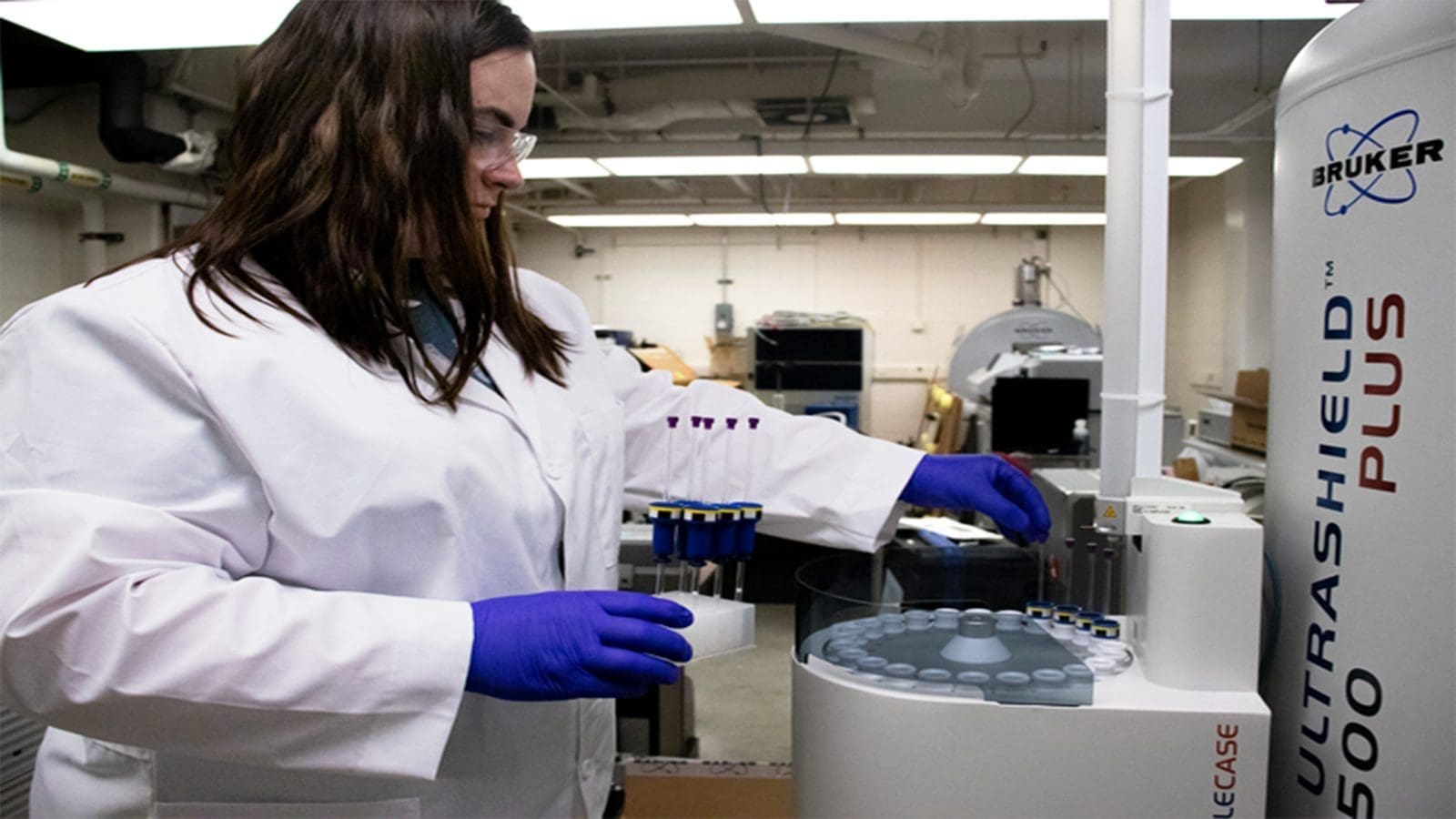U.S – University of Missouri scientists have come up with a novel technique that employs nuclear magnetic resonance (NMR) to detect whether food products have been modified or adulterated with fillers like vegetable oil.
The scientists under Colleen Ray’s direction were driven by the desire to assist governmental organizations like the U.S. Food and Drug Administration (FDA) in their efforts to identify adulterated food products.
“Food adulteration leads to a product that is cheaper to produce but is sold as the original product. This results in consumers buying a product that is not what they expected and is often inferior to the unadulterated version. Therefore, we wanted to explore the authenticity of these products,” Ray said.
The FDA refers to intentional food adulteration committed for financial gain as “food fraud” or “economically driven adulteration.”
The study, “Detection of vegetable oil adulteration in pre-grated bovine hard cheeses via 1H NMR spectroscopy,” was published in the journal Molecules.
Ray compares the operation of NMR spectroscopy to that of an MRI.
“When medical professionals use an MRI to gauge the severity of a torn ligament or to follow a cancerous tumor, they are just using NMR spectroscopy.
“The main difference is that they create pictures from the data, and we use the data to figure out the structure of molecules,” she said.
C. Michael Greenlief, Director of the MU Proteomics Center and Nuclear Magnetic Resonance Facility and corresponding author on the study, explained that NMR spectroscopy utilizes a magnet and radio waves to ascertain the content and purity of various substances and has previously been used with other food products like honey, olive oil, and wine.
“The analysis of food products with NMR spectroscopy is a powerful tool for the detection of adulteration.
“It is ideal for analyses of this type due to a high sample throughput, the ability to discriminate based on structural differences of metabolites with similar masses, and the ability to examine samples in either their native state or with little sample preparation,” said Greenlief, who is also a Professor of Chemistry.
The researchers developed and evaluated a technique to spot vegetable oil adulterants in hard cheese products.
They revealed palm oil, a form of vegetable oil, had been tampered with in 29% of 52 samples of different non-refrigerated grated parmesan cheese.
They also noticed that the falsified samples’ labels did not list palm oil as an ingredient.
“Genuine cheeses were found to have a very consistent lipid profile from sample to sample, improving the power of this approach to detect vegetable oil adulteration.
“Palm oil itself is a clever adulterant owing to its semi-solid state at room temperature, similar color to cheese, and low price compared to cheese. However, this study is strictly limited to the lipid profile of these products, and no attempts were made to quantify any fillers aside from palm oil,” Ray said.
An FDA scientist has also indicated an interest in finding out more about the team’s methodology for identifying food product adulteration.
Other co-authors are Madison Bylo and Jonny Pescaglia at MU; and James Gawenis at Sweetwater Science Laboratories.
For all the latest food safety news from Africa and the World, subscribe to our NEWSLETTER, follow us on Twitter and LinkedIn, like us on Facebook and subscribe to our YouTube channel.








